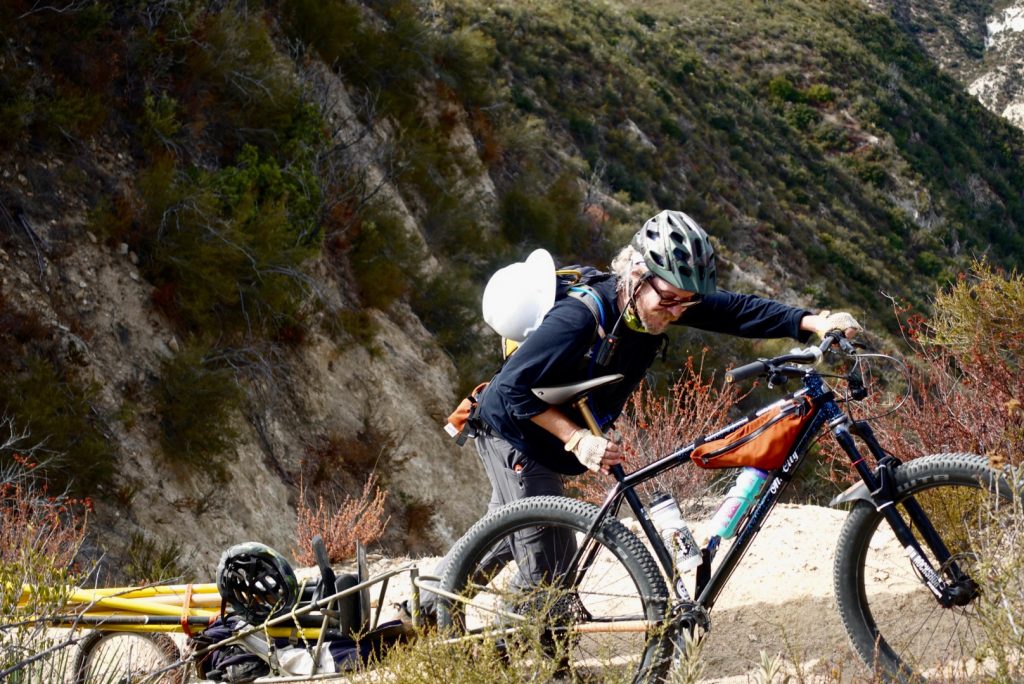
Light At The End Of The Tunnel
The past year has been a difficult one for trail users and volunteers alike. Government agencies have a hard time maneuvering quickly, and between pandemic protocols and shortages of PPE (Personal Protective Equipment) it became impossible for the Forest Service to even dispose of the trash that was piling up at record speed in the ANF. The pandemic forced bathrooms and recreation sites to close, and volunteers seeking to help were forced to stand down, all while the forest was seeing record-setting visitors every day of the week.
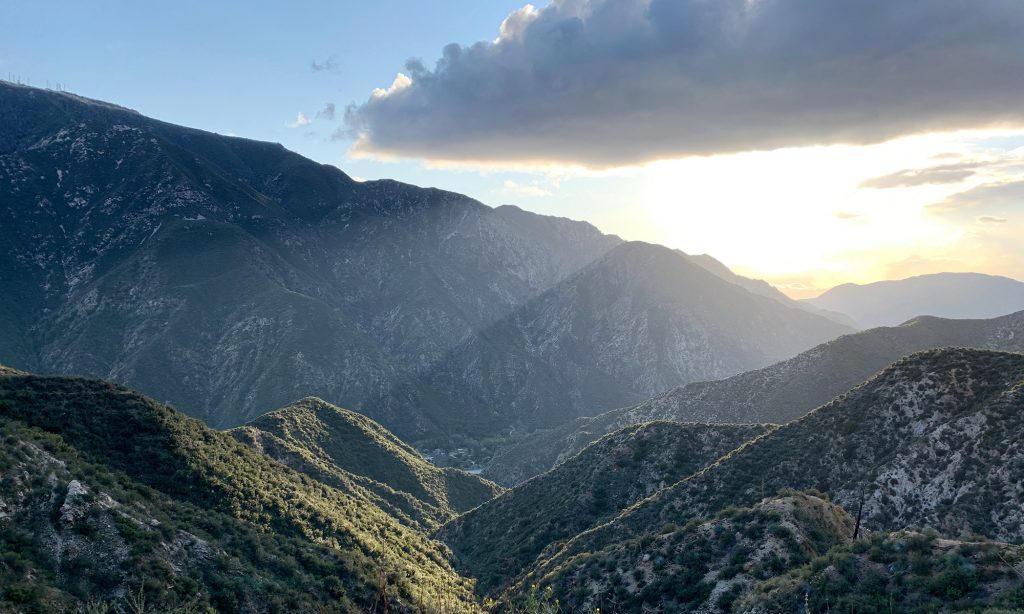
Then, six months into the pandemic… Boom! The Bobcat Fire breaks out on a day when LA County set heat records with Woodland Hills coming in at 121 degrees. Riding bikes in the heat that day with my friend Hoffman, while making a desperate and mandatory Slurpee stop at 7-11, we saw the Bobcat Fire go off like a nuclear explosion behind the ridges of Big Santa Anita Canyon, Newcomb’s Pass, and Monrovia Peak. I knew for sure something went down back on the West Fork. Over the next three months, the fire would burn 115,000 acres, destroy 87 residences, and close off a giant portion of the Angeles National Forest from the San Gabriel Valley to the High Desert.
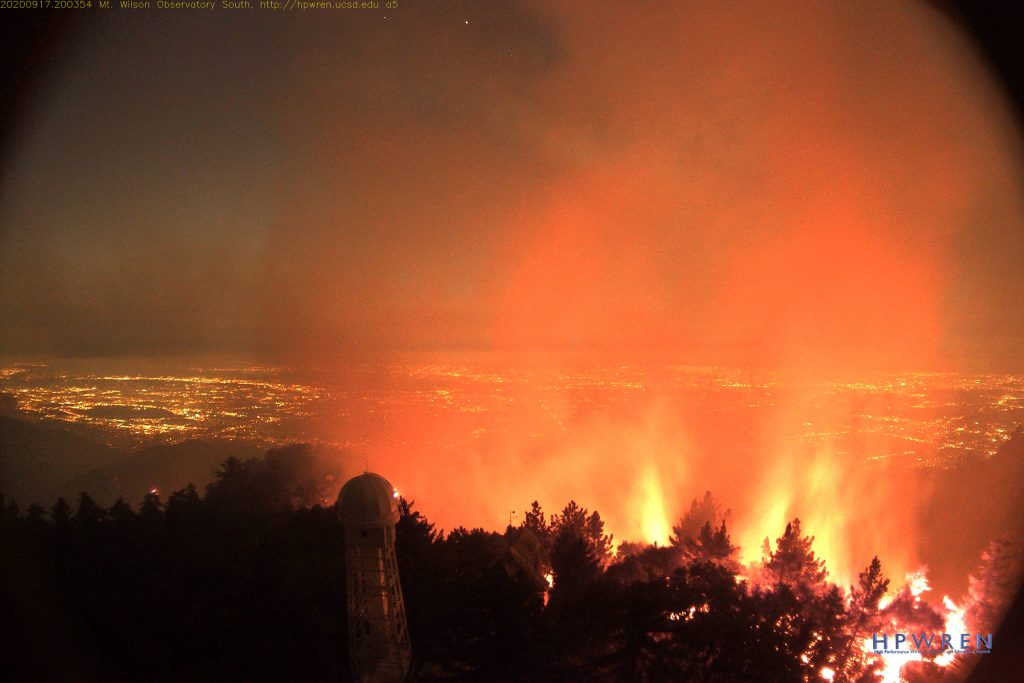
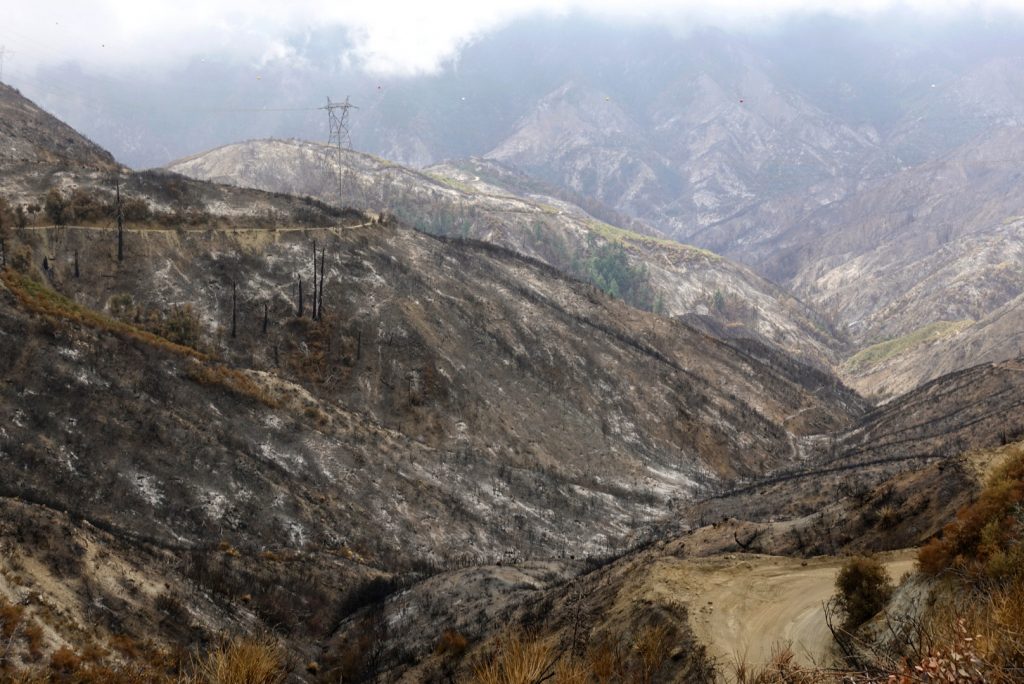
The global pandemic, a devastating fire, record-setting trail use, and a complete volunteer stand-down for much of the past year turned back the clock on a lot of the progress we initially made. Finally, in late May 2021, volunteers were allowed to return to work with restrictions in place limiting us to weekdays and a maximum group size of ten. Fortunately, Lowelifes were afforded some leniency from the Forest Service because the Condor Peak Trail is not a high-use trail. Now we are back to weekend work which is really the only way a 100% volunteer trail stewardship organization can exist. We all have jobs. We are all volunteers and have never received a single paycheck for any of our work. We spend our “free time” maintaining public lands and preserving public access to trails. Alternatively, we see a future for the organization which includes being able to pay professionals to achieve greater successes and provide a higher quality product… …that’s another story.

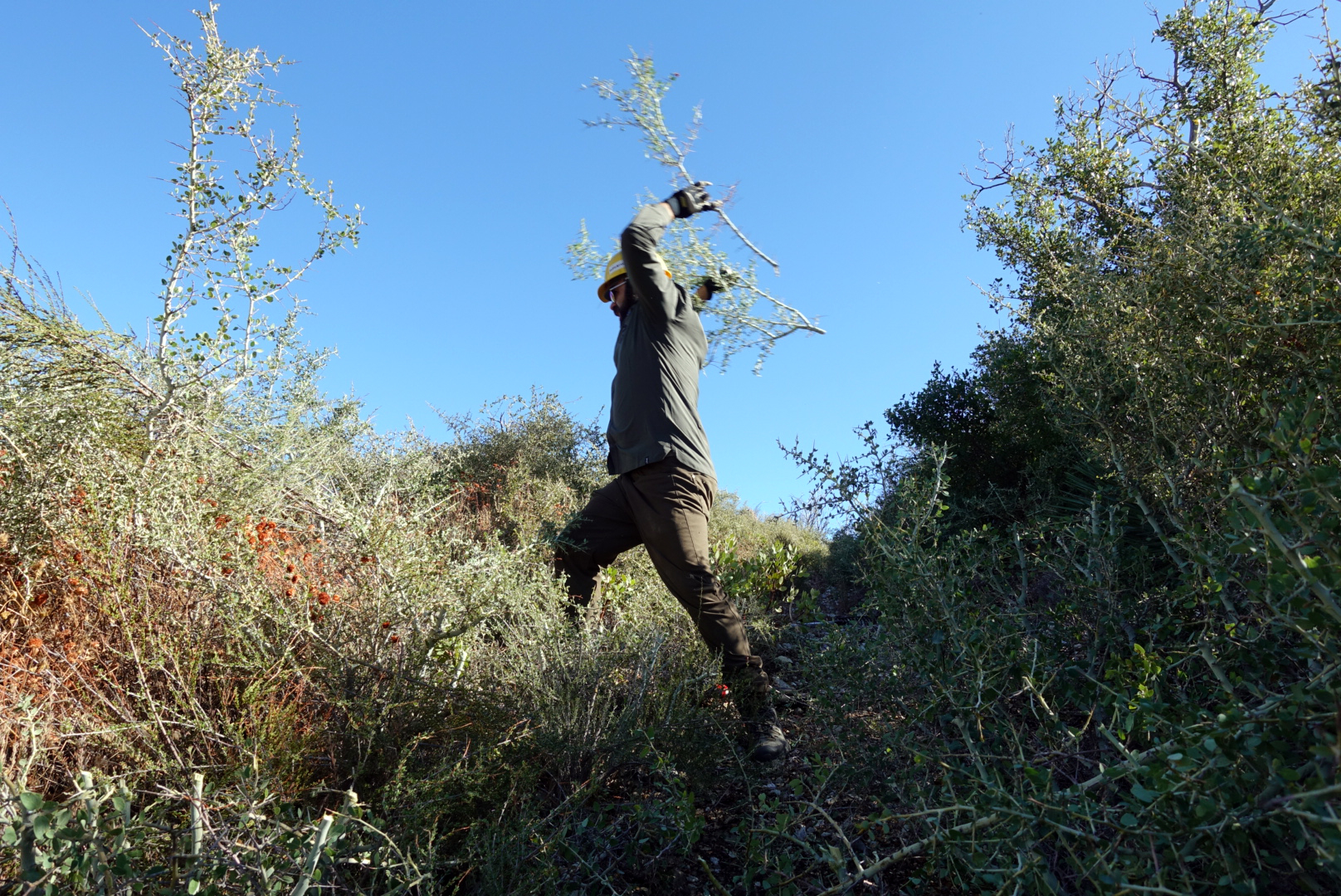
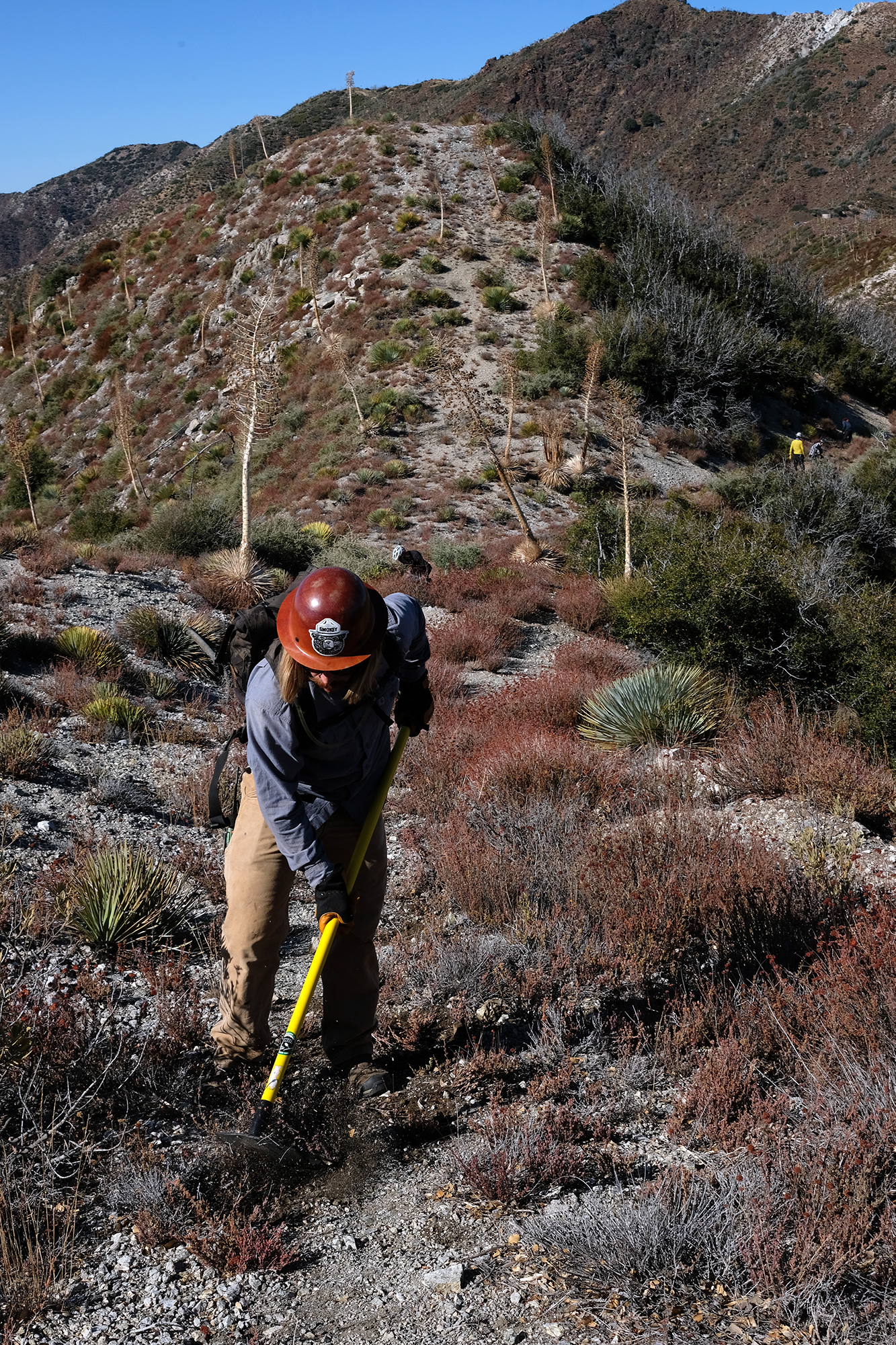
A side story to this whole saga is the volunteer chainsaw crews, their importance, and how that played out with the timing of the volunteer shutdowns. Many of our most-used trails lie within burn scars that are filled with dead and dying trees. That means each year USFS volunteer chainsaw crews and cross-cut sawyers must collectively cut hundreds of fallen trees to keep these trails clear. Typically, we return to the same problem spots each year. Just one example is the countless trees that are removed from the Gabrielino Trail from Red Box to Newcombs Pass each year. And that’s after multiple heroic assaults on 2N24 to annually clear Red Box to West Fork Campground so we can access the area. Same thing. Every year.
Volunteer chainsaw use has restrictions that mainly hinge on the moisture or lack thereof in the vegetation and other factors like high wind warnings. Typically, the forest vegetation is bone dry and conditions prohibit chainsaw use from June to December and sometimes as late as February or March. That leaves us three to four months to clear the deadfall from all the winter storms, a near-impossible feat. By March 2020, we had just started to sink our teeth into what was going to be a big chainsaw season.


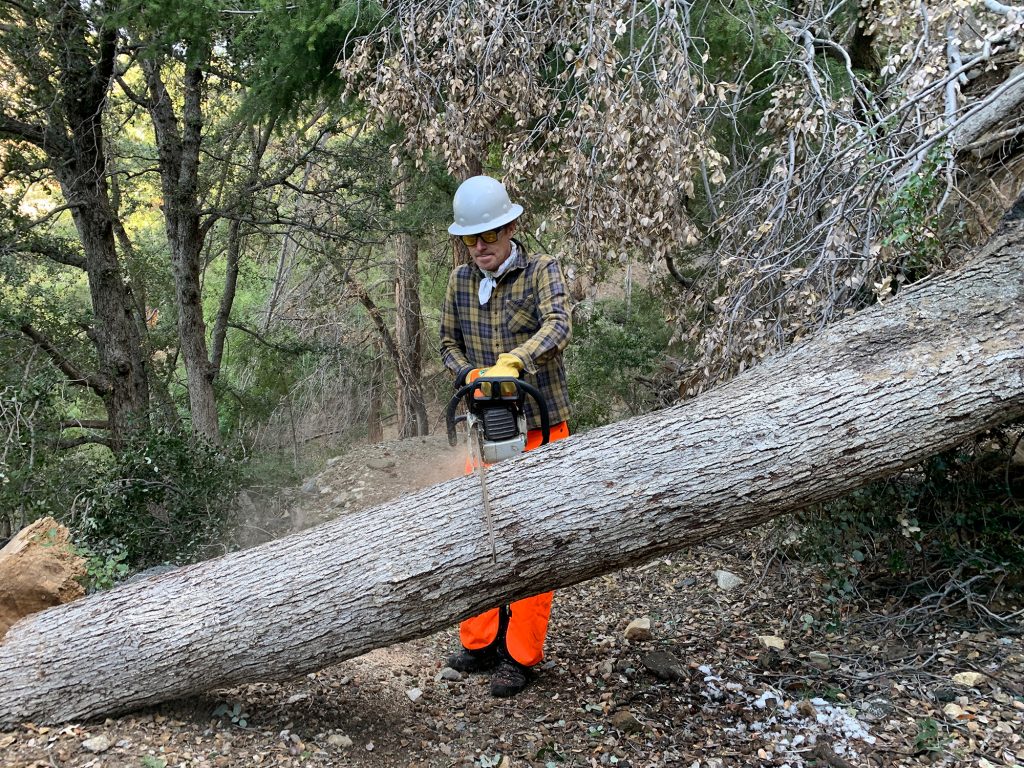
The winter was basically dry minus a few storms early on. The trails had taken a beating from high winds and abnormally low snow levels. Not only was there the annual deadfall to clear, but the snow sat heavily on the low elevation chaparral, bending it across the trail. This plugged up long stretches of trail all over the forest’s lower elevations. What was once a tunnel of ceanothus was now a thorny web of sturdy limbs completely plugging up the trail corridor. We spent three days with multiple saw crews just to clear Gabrielino – Red Box to Switzer’s. After that, we set our sights on Valley Forge and put in one big day… just before volunteers were told to stand down due to the pandemic for all but one of the next fifteen months.
The timing of the pandemic with respect to the volunteer chainsaw season was a stiff blow to the trails. The subsequent pilgrimage of what seemed like every Southern California resident to public lands was the next huge impact. Every mountain bike, hiking pole, tent, and roll of toilet paper was sold out and everyone took to the forest. Even every $12,000 electric mountain bike was sold out. Volunteers waited patiently… Ha! Yeah, right! …to return to their beloved trail maintenance.
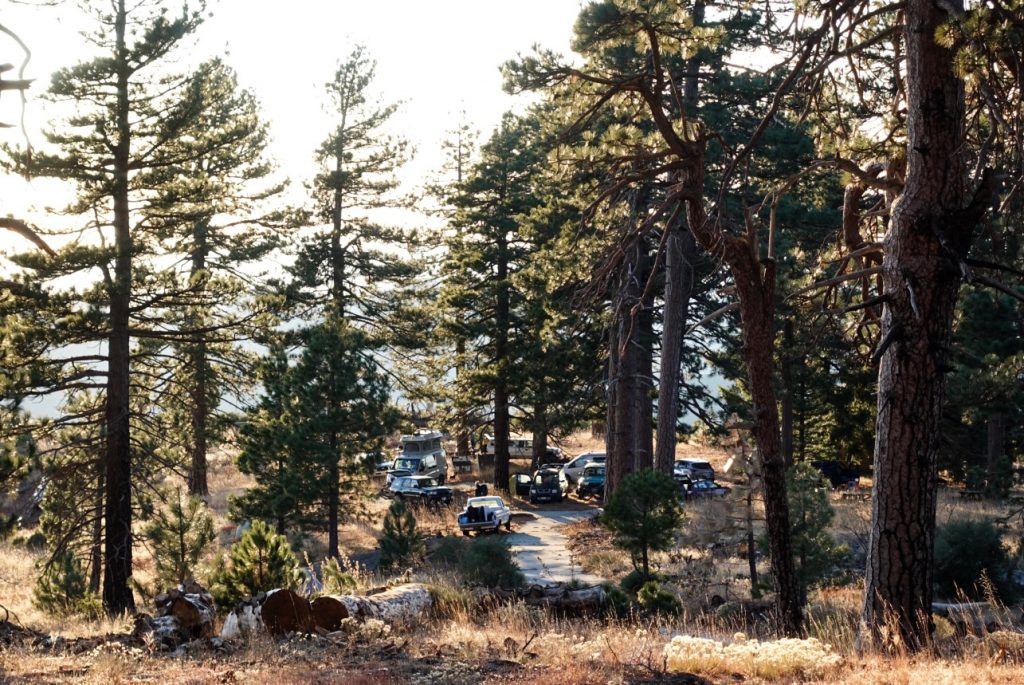
The forest is a mess but volunteers will persevere. It is now June of 2021, and the Lowelifes Trail Crew is back to hosting weekend volunteer trail work opportunities open to the public. This past Sunday we had two crews put in another 84 hours bringing us to a total of 1,147 hours for the Condor Peak Trail restoration to-date. We had a crew at 0700 ride bikes up to approximately mile 3.25 to 4 to do brushing and restore tread near the “Land Bridge” and just beyond. At 0800 we had a foot crew accompanied by two intern USFS Recreation Technicians do brush clearance and basic tread cleanup around mile 0.75 to 1.25. Despite the above 90 degree temperatures, we got a lot of good work done and renewed our energy to keep pushing forward on this giant project.
We are excited to announce dates for volunteer trail work, campouts, bike rides, and more for the rest of 2021. We are working diligently with the Forest Service to solidify plans and get them approved so we can share them with you all. After a difficult year, we can’t wait to have you join us again and share the stoke in giving back to public lands!
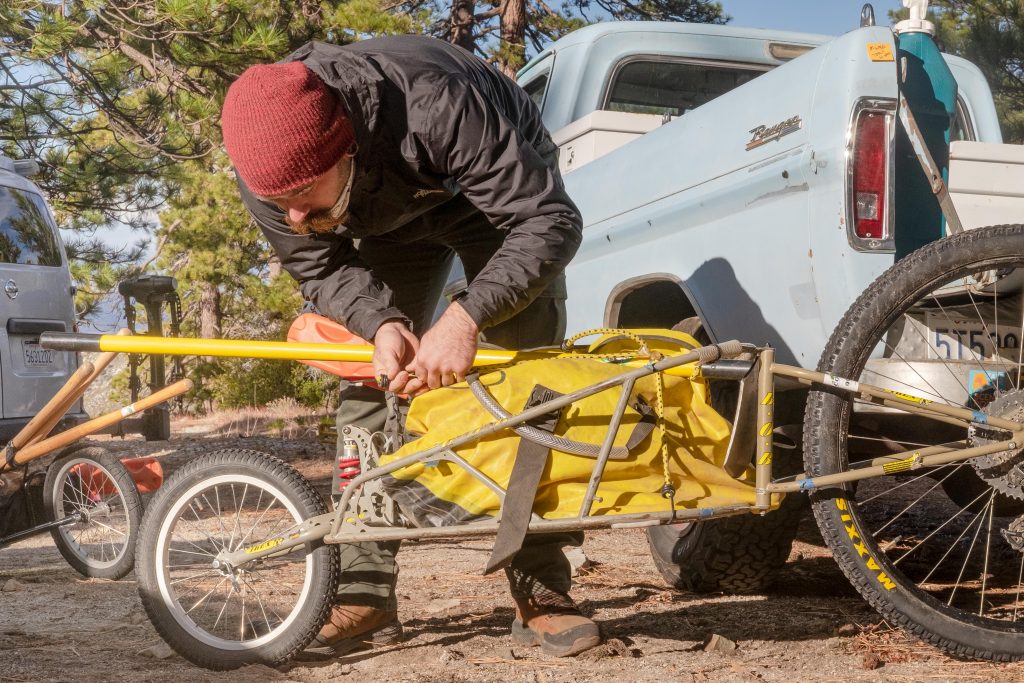
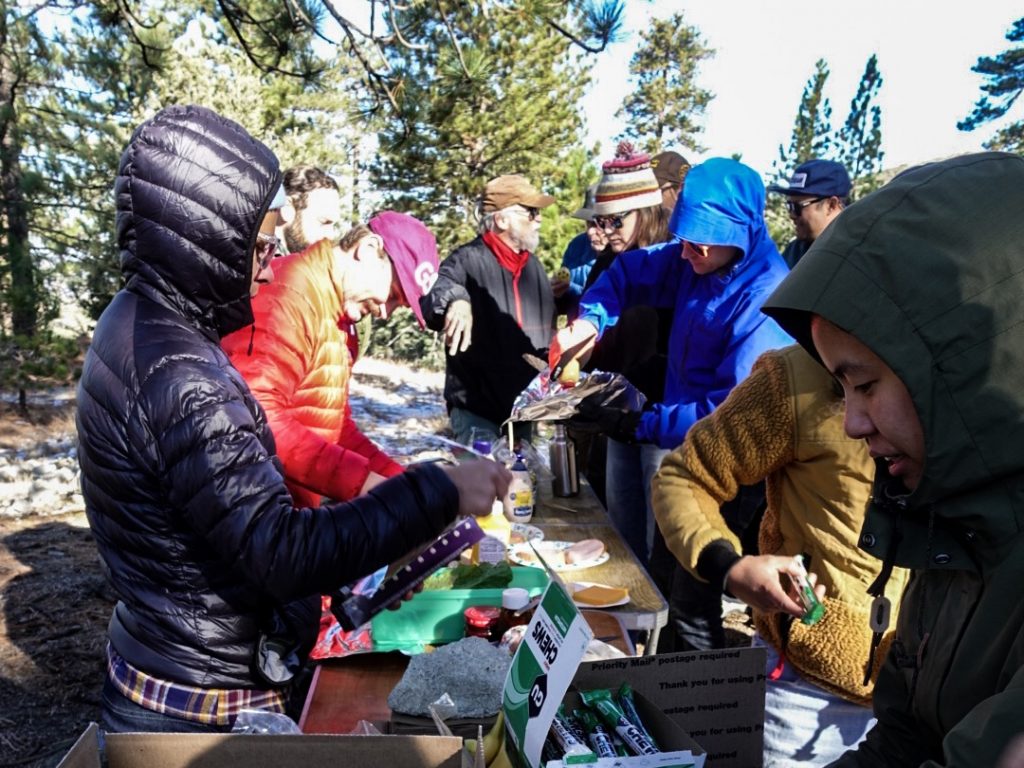
3 thoughts on “Light At The End Of The Tunnel”
Comments are closed.
Hell yeah!
Wish I was still out there and could join. You all are doing an incredible job.
Great explanation of what Lowelifes has had to deal with because of this crazy year of fires and the pandemic. Best of luck with your plans for 2021.